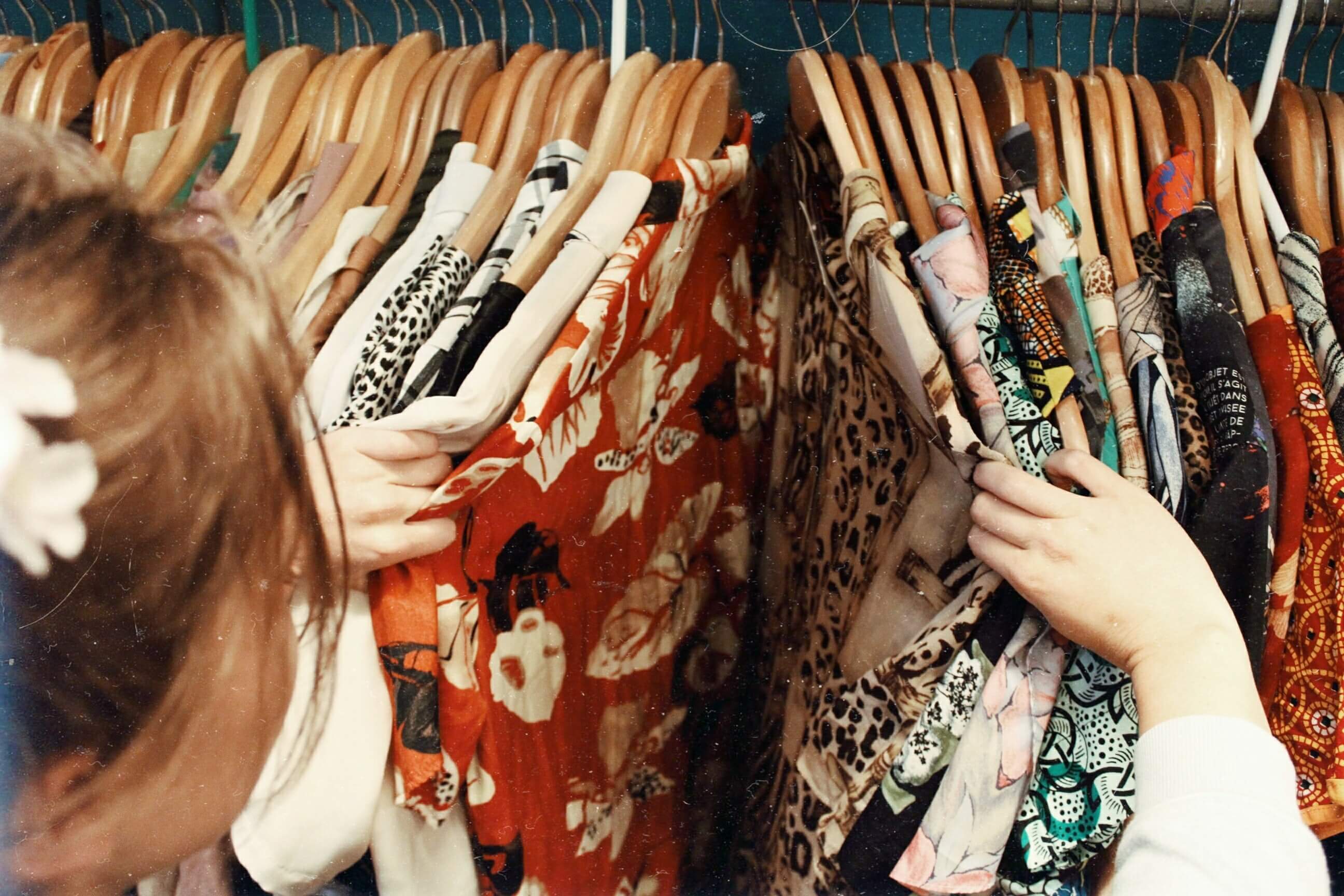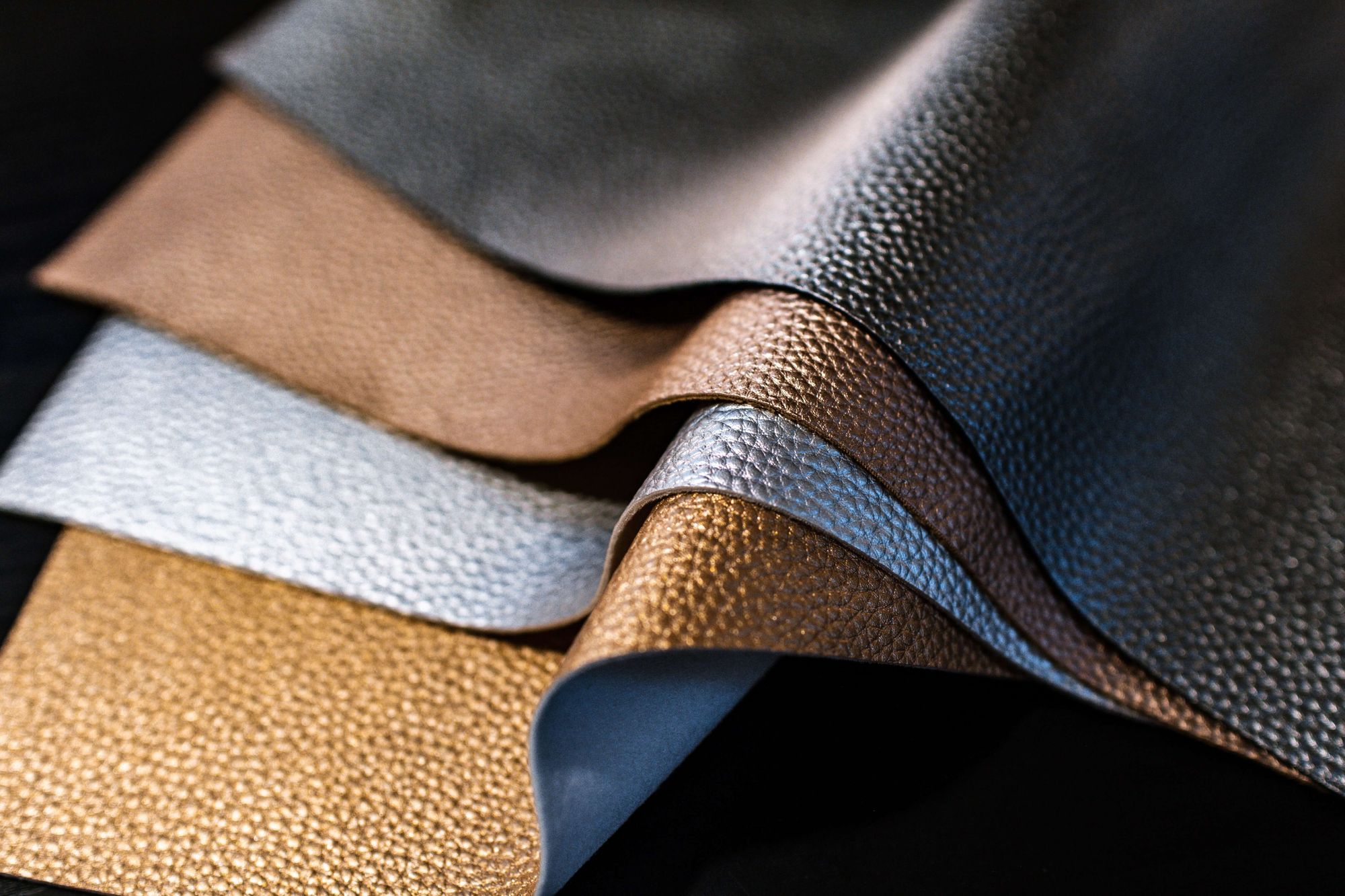Mushroom Fabric: Is Clothing Made From Mushrooms & Mycelium Cells The Future of Fashion?
After decades of over pollution caused by cheap-to-make fast fashion, the world is finally waking up to the adverse impact that our fashion-related consumption habits have on our planet. There is a lot of work to be done. Over 85% of all textiles end up in landfills each year. Meanwhile, clothing production has doubled since 2000.
There's more. Aside from the landfill problem, washing clothes generate microfibers that enter our ocean. These are consumed by fish and contribute to over 30% of our oceanic pollution.
Bearing in mind all the issues, it fast becomes clear that the cost of fast fashion has far outweighed its convenience and affordability. Several brands and fabric manufacturers are now recognizing that the need of the hour is to replace polyester fabric with new and innovative eco-friendly alternatives. This has resulted in an influx of plant-based fabrics made from seaweed, cactus, pineapple, cork, and mycelium cells (among others)! Fungi is finally in fashion.

What is Mycelium or Mushroom Leather?
Fabric harvested from mushroom and mycelium cells has a leather-like texture. It is a great alternative to traditional leather and polyester-based vegan leather.

Fungi and mushrooms that grow on the ground have a complex root system that is an infinite interweb of cells. This root system is called mycelium and is being harvested to create a new kind of fabric. This fabric is almost entirely biodegradable and has a leather-like texture. It is being used extensively in both creating clothing, and furniture upholstery.
Suppliers and Manufacturers of Mycelium Fabric
While it might seem like a niche pursuit, there are plenty of companies working on producing fabric from mycelium. Mylo is a mycelium-based fabric that has been developed by Bolt Threads, a material solutions company that focuses on fiber obtained from nature. They grow the mycelium cells in-house on beds of organic matter. The cells grow to form a complex, 3-D network that is harvested, tanned, and dyed to make Mylo. Today, Mylo is being used by leading brands such as Adidas, Stella McCartney, and Lululemon.
San Francisco biotechnology company, MycoWorks also works with mycelium and has created Fine Mycelium - a patented process that can be employed to create strong, durable, and high-performing materials. Their flagship product is Reishi, which is a premium and natural leather alternative.
NEFFA is another such company that is the creator of MycoTex, another manufacturing method for the development of clothes and fabric from compostable mushroom roots. They claim to reduce the cost and waste associated with traditional manufacturing operations and replace polymers with compostable materials.
Italy-based Mogu specializes in cutting-edge technology that is based on mycelium. They produce mycelium fabric on top of agro-industrial residues, and the resulting fabric is 100% plastic-free. Mogu's Mushroom Fabric has wide application. Their Acoustic range is a combination of mycelium fabric and textile residues. The fabric is non-toxic, fire-resistant and waterproof.
Is Mushroom Fabric Really Sustainable?
Different kinds of mycelium fabric have different properties that make them more or less sustainable than regular leather. The Bolt Thread team who are the creators of Mylo claim that since Mylo is a new material, there are not enough studies to ascertain its benefits over traditional leather. However, there is a definite improvement in the production cycle because the production of Mylo does not involve the rearing of livestock which cuts down production time by days and is more ethical and less polluting than factory farming.
Most vegan leather is artificial and is made from synthetic fiber with a PVC coating. Mylo on the other hand is not made from petroleum products since it uses mycelium as its primary raw material. It is a fully renewable resource as the mycelium cells used in production are grown in indoor vertical farms in the United States and Europe.
However, Mylo is not biodegradable. While Mylo is not petroleum-based, it is also not plastic-free. The Mylo fabric is between 50-85% bio-based. The goal of the Bolt Threads teams is to ultimately have a completely plastic-free product in Mylo. However, this goal has not been achieved yet.
On the other hand, NEFFA's MycoTex technology claims to make fully compostable mushroom fabric, while promising a more comfortable fit at the same time.
Mogu's products, much like NEFFA, are 100% plastic-free and biodegradable! The basis of their production process is in low-value materials. These are materials that are left unused as they cannot find any other valuable application in the industry. The mycelium cells eat organic matter and convert this low-value raw material into a desirable, durable, and biodegradable product.
As you can see, not all mushroom fabric was created equal. While some companies have managed to achieve the strength and durability that is required by plant-based materials by completely avoiding the use of plastics, others are still working towards the goal of a truly circular and biodegradable form of fabric. Although there is still a long way to go, it is definitely positive that the use of plant-based fabric is becoming more and more mainstream. Adidas recently announced that they are working on developing a new plant-based leather for its shoe collection.
If big companies like Adidas invest even a fraction of their hefty R&D budget in innovative and sustainable technologies, then we can be one step closer to reducing the ginormous carbon footprint of the fashion industry.

